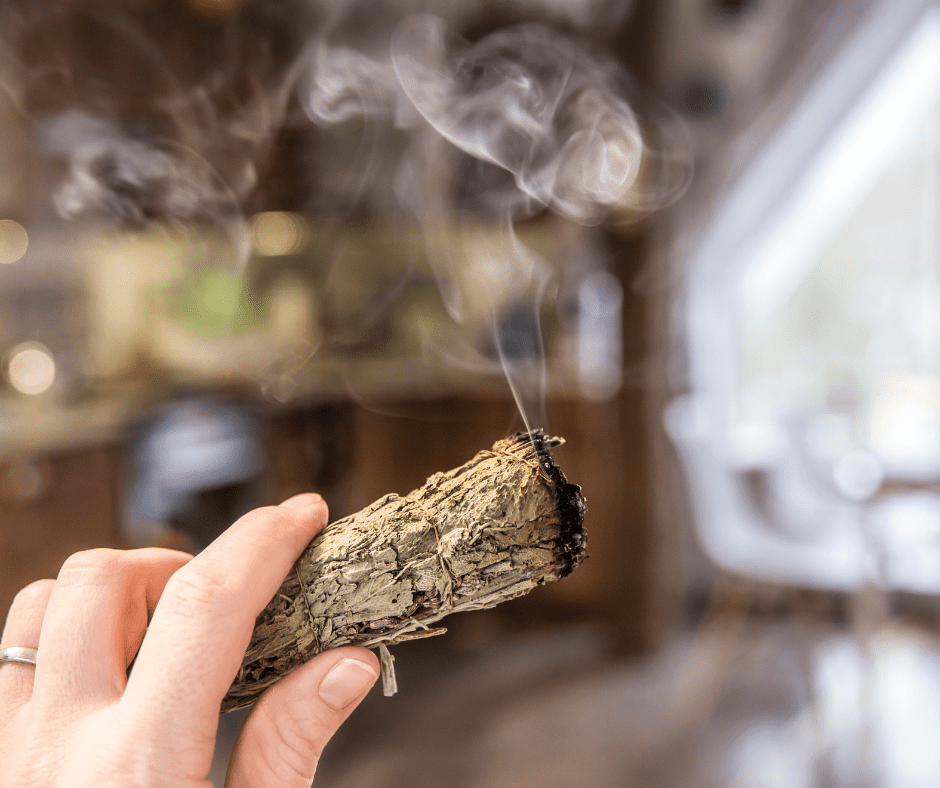 Recently several people I know have had a loved one die in their home. This has caused me to think about grief and its connection to the element of physical space and objects that surround us. When my daughter Corinne was battling breast cancer and losing, she had young children. She was clear about not wanting to die at home. She said, “This can be the house where mommy was sick, but not the house where mommy died.” I had the sense that she felt the house would never recover from such an event and make it harder for the children to continue to enjoy living it in.
Recently several people I know have had a loved one die in their home. This has caused me to think about grief and its connection to the element of physical space and objects that surround us. When my daughter Corinne was battling breast cancer and losing, she had young children. She was clear about not wanting to die at home. She said, “This can be the house where mommy was sick, but not the house where mommy died.” I had the sense that she felt the house would never recover from such an event and make it harder for the children to continue to enjoy living it in.
In the state of California, when you list your home for sale, you must disclose if someone died there. I was told that is because some people believe that the ghost of the deceased person might still be there to interrupt the buyers’ sleep. There’s little doubt that spaces, both indoors and out, can remind us of what has occurred there. When we had to let go of our dog Cody who had lived with us in our present house for 8 years, there wasn’t a spot on the three floors of the townhouse that didn’t carry a memory of Cody having occupied it. An image of him in the corner of the kitchen. A sense of his presence underneath a desk while we typed. Sitting on the couch watching television as though he understood the plot.
To begin to reclaim the house as one that doesn’t have a pet, we took the objects that belonged to him–his toys, and crates, feeding bowls and the mat with his name on it, to storage. Whenever I look around expecting to see him, which still happens quite often, I reappreciate how intertwined he was with most everything we did in our daily lives. He was closer to us than any of our relatives and friends, a fact that many other doggie moms and dads confirmed by their empathetic expressions of sympathy and condolences, in person and online.
Since I see the arts as helpful to our grieving, I looked at what space means to artists. Visual artists might describe a space as “open” or “cluttered,” “symmetrical” or “shallow “each of which offers a very different experience to someone viewing it or standing in it. Architects know how to create spaces that feel expansive or cozy, comforting or inspiring. As a dancer, I can say we prefer “empty” spaces. My sisters could tell you how I always wanted the furniture pushed against the walls in our shared dorm-style bedroom so we’d have plenty of room to dance in the middle. Mostly the spaces in our homes need to serve what we want to do and feel there.
Not everyone avoids dying at home. In fact, my friend Melody LeBaron, as a Space Clearing expert writes in her book, Transforming Death, of ways to create sacred space for those transitioning from this life and those caring for them. Using her experiences of midwifing 13 of her closest loved ones, she offers ways to prepare the space and yourself for a transformational experience.
I visited an artist’s home recently after someone very special to her had become ill while visiting. The person was taken to the hospital and after a short while, died there. When I learned of this, I offered to bring some sweet grass and other herbs so that we could smudge the personal spaces of her home, a practice that my women’s spiritually group uses to change the energy in our spaces and in ourselves. Together we moved through the spaces and smudged the rooms including the pictures and art objects that represented family members and friends who have crossed from this life. Standing and moving through those beautiful spaces, with the light reflecting off the snow and streaming in through the windows, I felt gratitude that I could be a part of the clearing and reclaiming of this space of deep love and reverence. Remembering how much work it was for my friend to create these spaces in the first place, having downsized from a much larger home, I left inspired to see if I can unclutter my own living space to find mire emptiness or spaciousness to serve what I want to experience and feel there.

